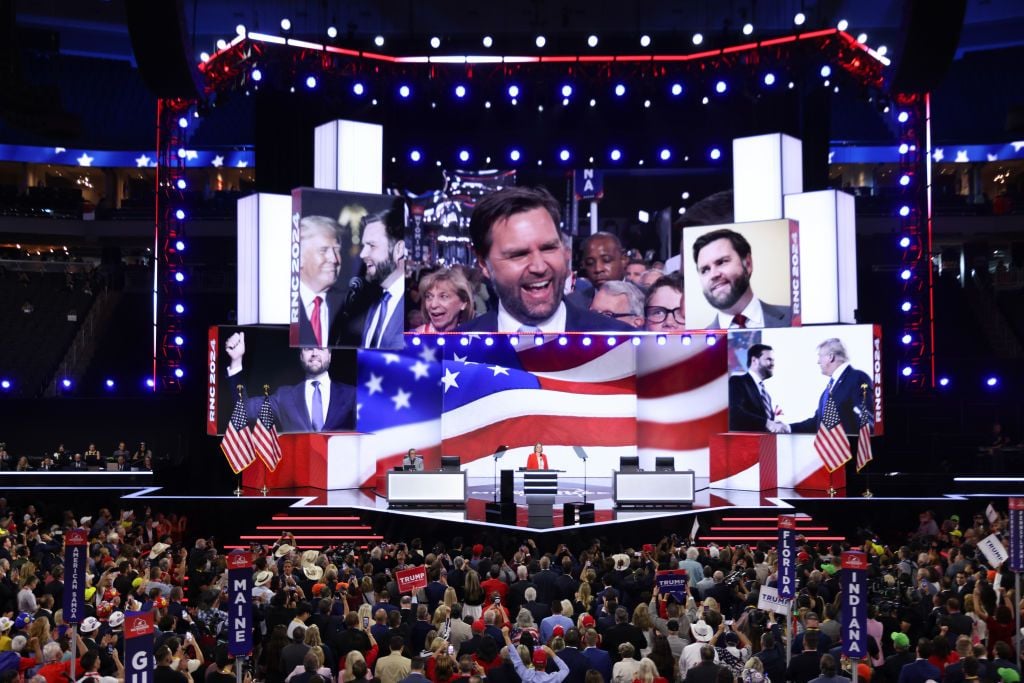Vance is one of Trump’s most vocal supporters and an outspoken critic of U.S. aid to Ukraine.
. . .
Vance has said that it would be “completely irresponsible” for Ukraine to join NATO. He has also argued for the U.S. to focus solely on preventing Chinese expansion, even if that means sacrificing sovereign Ukrainian lands to Russia.
“Any peace settlement is going to require some significant territorial concessions from Ukraine, and you’re gonna have a peace deal, because that’s the only way out of the conflict,” Vance said in February.



Yes, the US backed Pavlavi, they’re the ones that gave him power over the more democratic system they had before. He hunted people (primarily leftists) down with secret police and ran the country terribly, as the resource colony it was, to the point that the conditions were created for a revolution, and since most of the leftists had been killed, the fundamentalists were able to take advantage of the situation.
I don’t think I should even reply to this pile of disinformation.
It’s literally recorded history. Read any history book about Iran (I recommend All The Shah’s Men), or even Wikipedia. The historical record is not “disinformation” just because you’re ignorant of it.
History, yes.
https://en.m.wikipedia.org/wiki/Anglo-Soviet_invasion_of_Iran
https://en.m.wikipedia.org/wiki/Mohammad_Reza_Pahlavi
The first link is about a different incident. During WWII, the Allies were concerned about the possibility of Iranian oil falling into the hands of the Nazis, and they also wanted to set up a supply corridor to connect themselves, so when the Iranian king that Britain had installed refused to cooperate, they invaded, deposed him, and instituted his son in his place. However, the monarchy was still bound by parliament at the time, until the US overthrew the prime minister and granted the shah absolute power, accountable to no one.
I didn’t expect to find an unironic monarchist on here. It’s true that he instituted some programs over the course of his 37 year reign, but they weren’t nearly enough, the country was still a dictatorship and people were very unhappy with living under his rule.